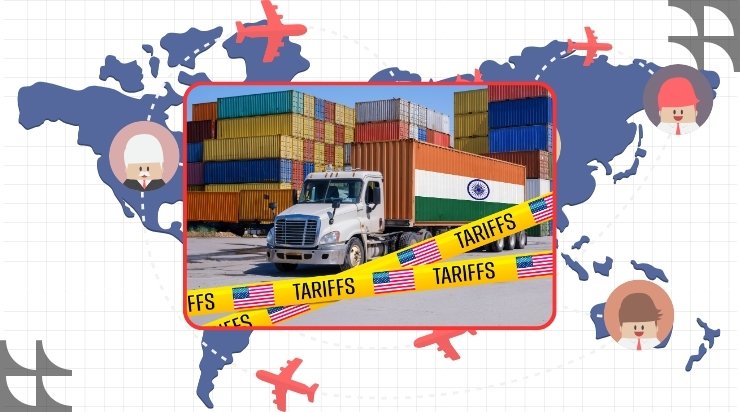In a city where penthouses sell for ₹50 crore and gated communities promise global luxury, a few hours of monsoon rain is all it takes to wash away the illusion. Gurgaon’s manicured lanes become canals. South Delhi’s elite colonies lose power. Residents wade through flooded basements, stalled elevators, and waterlogged roads wondering:
How did we get here?
Luxury Without Logic Is a Liability
It’s easy to blame the rains, but monsoons aren’t new. The real culprit is poor planning and shortsighted urban design.
Modern Indian metros have been built for aesthetics, not resilience. The infrastructure under the surface stormwater drains, sewage systems, catchment networks has either been ignored, underfunded, or worse, erased in the race to build vertically and sell aspirational lifestyles.
Take the transformer rooms that flooded in upscale societies. Power outages that lasted hours, sometimes days. Or plush basements that turned into swimming pools because water had nowhere else to go. These are not isolated events. They are recurring symptoms of a systemic failure.
Catchments Covered, Compliance Cosmetic
In Delhi, Gurgaon, Noida and beyond, natural water catchments and drainage channels have been built over in the name of development. Drainage systems are outdated or choked with debris. Environmental clearances, when obtained, are often treated as checklist items rather than frameworks for genuine mitigation.
Urban planning isn’t just about roads and buildings. It’s about the capacity to withstand shocks of climate, demographic, or infrastructure.
And we are failing that test repeatedly.
Monsoons Are the New Stress Test
Every monsoon becomes a brutal audit of our urban preparedness. And every year, the results are the same:
Basements and parking lots submerged
Traffic frozen for hours
Diesel generators roaring into action
Emergency responders stretched thin
Crores lost in property damage and disruption
And this isn’t just an infrastructure problem, it’s a risk management nightmare. The cost of inaction is no longer just inconvenience. It’s safety, business continuity, and public health.
Climate Will Only Intensify the Crisis
Urban India is staring at a future where extreme weather events will be more frequent, more intense, and less predictable.
The window for reactive measures is closing fast.
What we need is a paradigm shift from cosmetic compliance to embedded resilience.
What Needs to Change?
- Prioritise Urban Risk Assessments : Treat waterlogging and urban flooding as critical risks, not seasonal irritants.
- Enforce Drainage Audits for Every High-Rise Development
- Integrate Green Infrastructure : Bioswales, permeable pavements, rainwater harvesting must become the norm, not the exception.
- Retrofitting Old Localities : India’s older neighbourhoods need urgent drainage redesign and flood-prevention upgrades.
- Citizen-Developer-Civic Collaboration : Governance needs to be accountable, but developers and RWAs must also rethink priorities.
Because No Amount of Imported Marble Can Save a Drowning City
The Delhi NCR monsoon mess is not just a weather problem—it’s a warning. If India’s urban growth continues to ignore risk and resilience, even the most luxurious addresses will offer little protection against the next flood.
It’s time to stop building cities for brochures and start building them for the realities of the 21st century.




